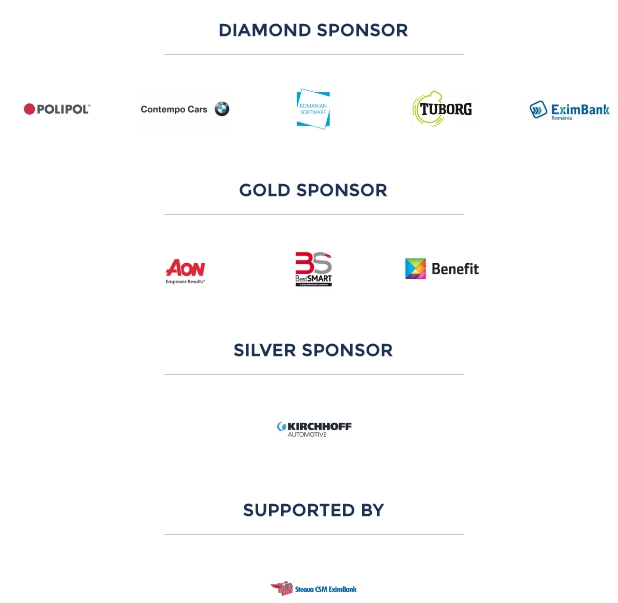Maximising Your Chances of Getting the Job AFTER the Interview
You’ve just finished your job interview. Time to relax and mind yourself with other business until you get a response, right? Well, this is definitely everybody’s first reaction, but it is not the right one. Given today’s competitive job market, you must keep in mind that you should also do a follow-up; otherwise you may risk losing the position to other candidates. You also have to be careful not to look desperate, but rather look persistent and prove your willingness to land the job.
There is no certain way to know if you got the job until you receive an actual offer. Don’t forget, they may genuinely think you were absolutely fantastic, but someone else could end up being better. Generally, there is more than one strong candidate for a job position, especially in the current marketplace.
These are a few tips that could prove valuable to you after the interview, in order to maximise your chances of getting the job:
- Follow the instructions given – After the interview, the recruiter may tell you to contact them by email. If so, do not contact them by phone. Listen to their instructions precisely and act accordingly. If you somehow forgot to ask during the interview what the next steps are, write an email asking for clarification. It shows that you care about the job and that you are ready for the next phase
- Provide documentation to prove your job abilities – If possible, when you do a follow-up by email, also include documents that show just how good you are at your job. Of course, these documents have to be non-confidential samples, press mentions or some public statistics in order to prove your worth. It’s an excellent way to show your professionalism and work ethic.
- Don’t become a stalker – It is quite understandable that you are nervous and anxious about the outcome of the interview. However, try not to bother the employer too much. After following their exact instructions, you have to wait. If you haven’t heard from them in a couple of days, it is probably time to move on. Also, don’t go out sending LinkedIn invites to the people who have interviewed you before the hiring process ends. It comes off as being a bit desperate. Try and remain calm.
- Start preparing for the next set of interviews – Life can surprise you and you never know when you can receive an email announcing you about another upcoming interview, or if you’re asked to come in for a second interview. It’s absolutely vital that you be prepared at a moment’s notice, Also, if you wish to set yourself apart from other candidates, (and I assume you do) try and find interesting facts and/or figures about the company where you applied for the job. It could be anything ranging from an award they have just won to a recent environmental initiative they have started. It’s best when you introduce this information naturally into the conversation at the interview and it will definitely leave a good impression with the recruiters and it will also increase your chances of landing the job.
- Analyse your interview performance – After an interview it’s also important that you relax for a couple of hours. Once you managed to distance yourself from the subject, analyse your performance. Think about what you said and how the interviewer reacted, what you could have said better and keep that in mind if you get called in for a second interview. Furthermore, pay attention to the recruiter and what he says, it is possible that of the things he or she said to have annoyed you one way or another. This helps you determine whether this company suits your principles and values.
Last but not least, try to make good use of the experience of the interview. Regardless of how it went, you’ve still won something: if it went well, you’ve got the job, if not, you’ve gained the experience necessary to land the next one.
Sources:
http://www.businessinsider.com







